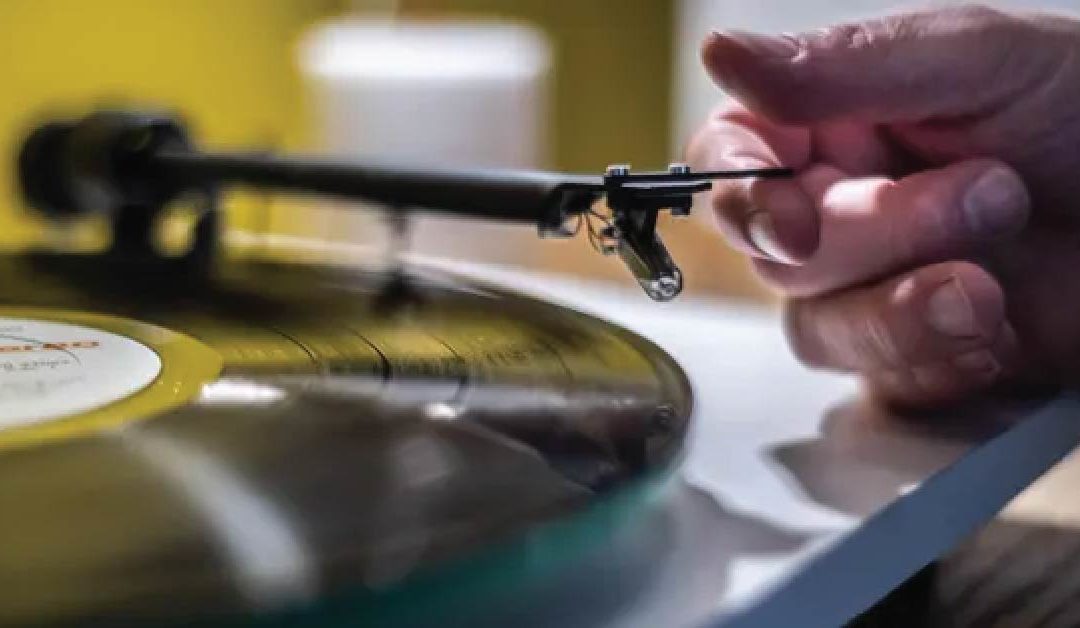This article was originally published in the Guardian
Our tendency towards rosy recollections of the past has been amplified, from photos on social media to retro video games.
I’ve always been susceptible to bouts of nostalgia. Defined as “sentimental longing for the past”, nostalgia was originally identified as an emotion afflicting people who were separated from their homeland – a familiar feeling to someone who called four cities and two countries home by the age of 12.
Modern researchers say nostalgia is experienced more or less the same way by everyone – across countries, ages and genders. “When people experience nostalgia, what they typically are doing is bringing to mind and revisiting memories that are special to them, or cherished, or particularly meaningful,” says Clay Routledge, a psychological scientist and professor at North Dakota State University.
Nostalgia appears to have become more prevalent in recent years – from political slogans that appeal to an idealised past to the rerelease of old video games on current devices. Streams of old music increased dramatically during the pandemic; sales of cassette tapes, records and their associated paraphernalia are booming; and even wired headphones are back, according to the Wall Street Journal (just a few months after I finally gave into their wireless counterparts).
So what is driving this wave?



